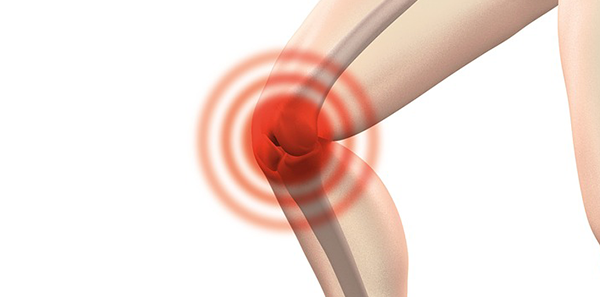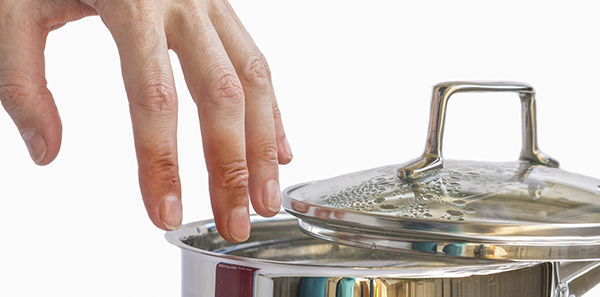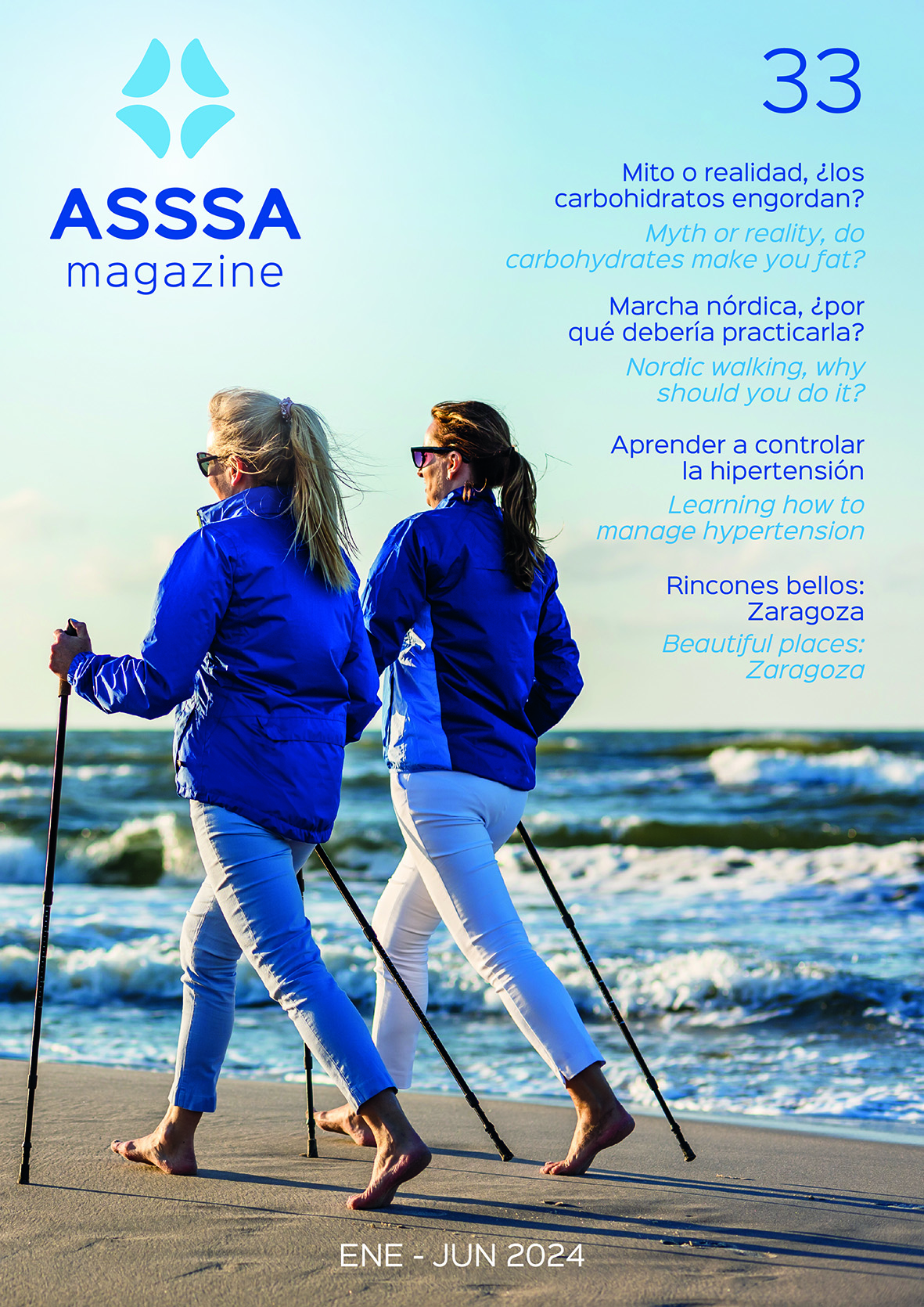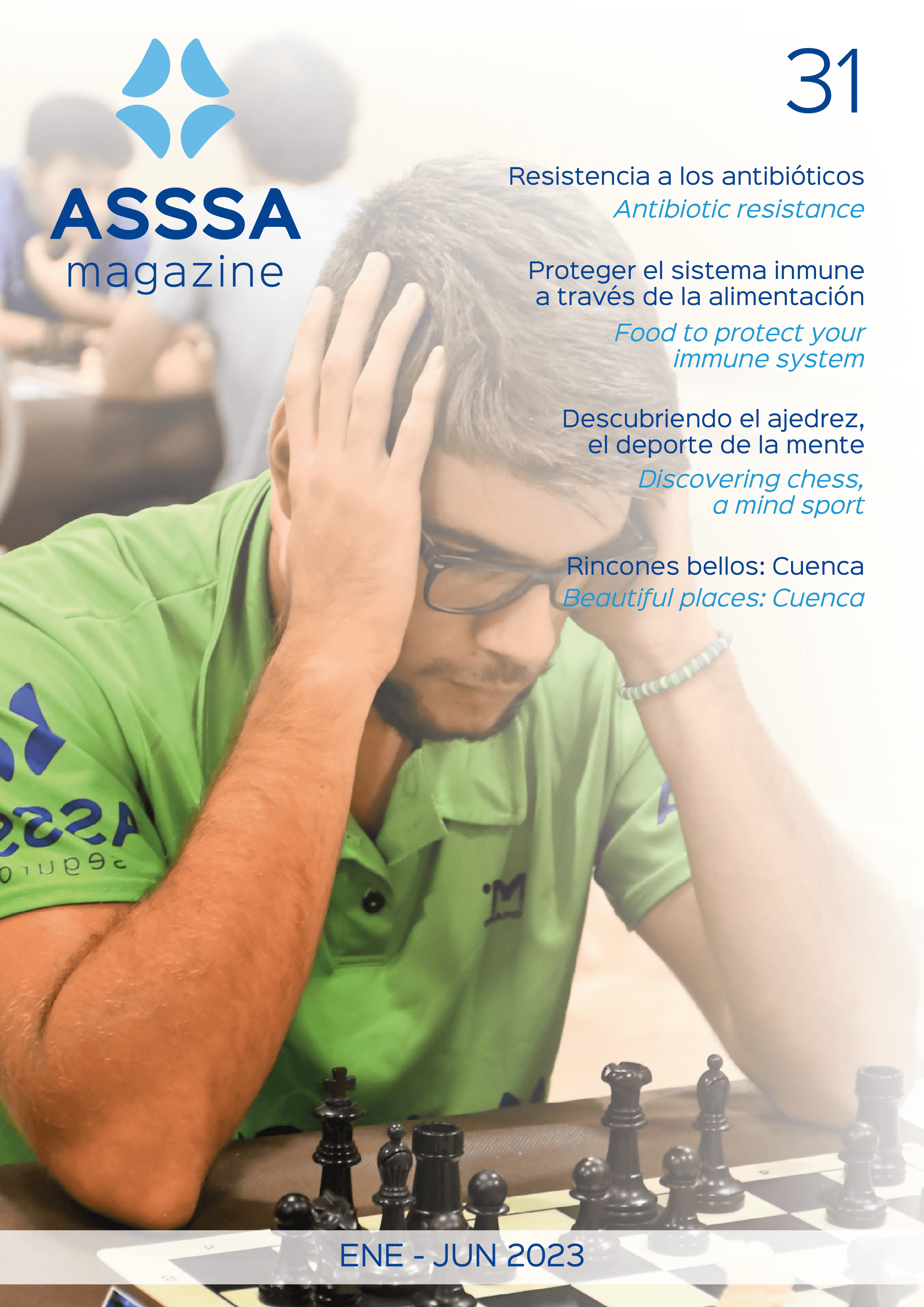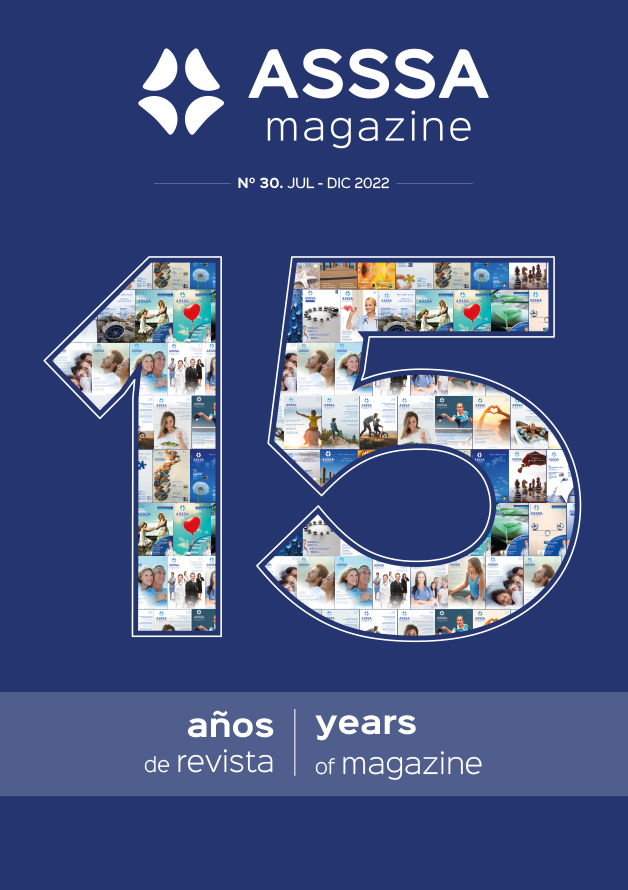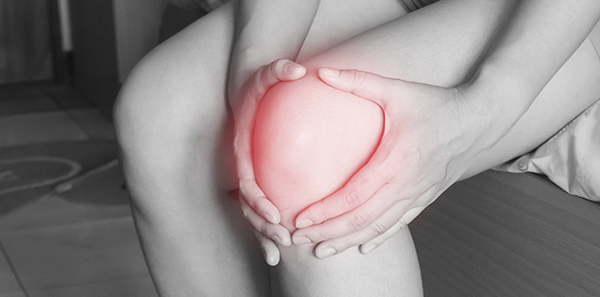
Arthrosis is degeneration of the joint cartilage. It is also called degenerative joint disease and is the most common rheumatic disease suffered by humans.
Arthrosis and lumbago are very important rheumatic problems because they are not only common but can cause either transitory or permanent disability. The social and economic impact of arthrosis is crushing.
There are two types of arthrosis, primary and idiopathic, the former when the aetiology of the disease is not known, the second when the cause is known.
In primary arthrosis, the initial phase is the injury of the joint cartilage which has been caused by excessive pressure. In this initial phase, the cartilage cells become hyperactive in an attempt to regenerate. In the final phase, the cell becomes worn out and necrotizes. If we look through the microscope we observe fissures and erosion in the cartilage, which expands, converges and is eventually completely destroyed. This prevents the cartilage for fulfilling its function, which is the even distribution of biomechanical loads, which causes the proliferative response of the bone: The joint’s synovial membrane also reacts and becomes inflamed (synovitis), although far less inflammatory arthritis.
Any joint in the body can be affected by arthrosis, however, the disease is most likely to affect certain joints. Those most commonly affected are the hands, knees, hips, cervical and dorsal spine and the feet. Arthrosis is clearly connected with age but is significantly different from again. As we age, the locomotor apparatus undergoes a series of changes which can be called physiological, when the joints reserve capacity decreases. In arthrosis, the aggression of any type, such as obesity, strain at work or doing sport, can cause an injury to the cartilage that Will progress until it is destroyed.
The general clinical symptoms of arthrosis are the mechanical-type pain, morning stiffness that lasts for less than 30 minutes, deformity or bone hypertrophy, creaking joints and limited range of motion.
Arthrosis is a chronic disease for which there is no cure. However, it is generally a mild condition, whose progression can be halted and which presents no real risk of invalidity, because the worst cases can be resolved with chemical solutions.
The basic treatment consists of FUNCTIONAL REST, which is relative and not absolute rest. This means removing the load on affected joints by using electrical appliances, sticks or crutches.
It is essential to CORRECT OBESITY. A low-calorie diet is usually sufficient and it may be useful to recommend a sport has does not overload the damaged joints, such as swimming and other water sports.
EXERCISE FOR THE JOINTS are recommended, which should start slowly, progressively increasing in number and intensity. Exercise should be daily with no breaks, although the intensity should be reduced during outbreaks of pain.
“Home” remedies include LOCAL HEAT, once or twice a day, which is very useful for relaxing the muscles and for pain relief.
Medical treatment should be supervised by your general practitioner, rheumatologist or traumatologist, according to the stage of the process.
Dr. Juan A. Andreo-ASSSA Medical Managger
The information published in this media neither substitutes nor complements in any way the direct supervision of a doctor, his diagnosis or the treatment that he may prescribe. It should also not be used for self-diagnosis.
The exclusive responsibility for the use of this service lies with the reader.
ASSSA advises you to always consult your doctor about any issue concerning your health.


